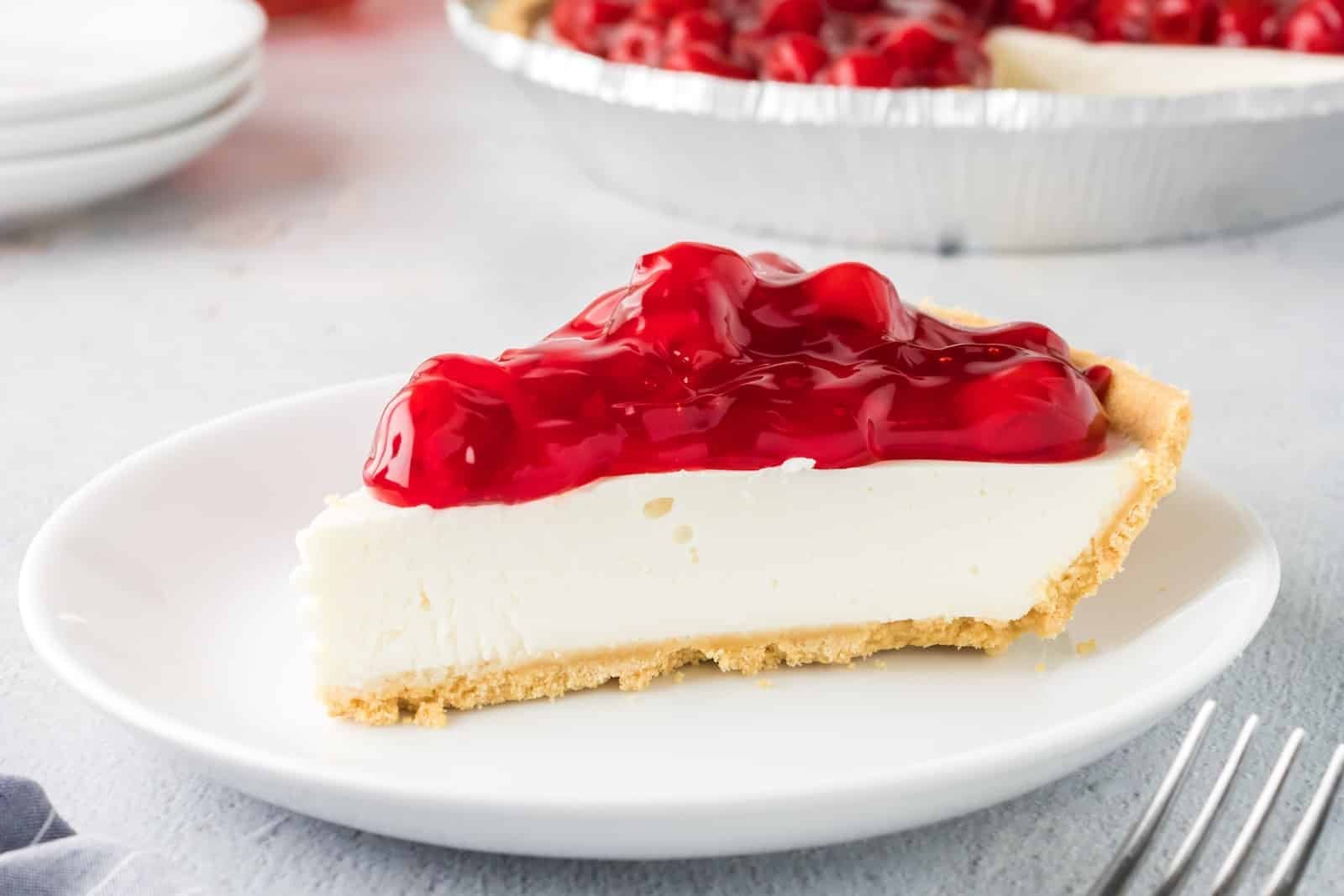Today, we’re diving into a question that’s plagued many a dessert aficionado: “How long can cheesecake last in the fridge?” Cheesecake, that creamy, decadent dessert that has a special place at our tables, especially during the holidays or celebrations, can be a bit of a mystery when it comes to storage and safety. But have no fear! I’m here to slice through the confusion with some tasty facts and tips.
First, let’s talk about what cheesecake is. Though variations exist, the classic cheesecake is a rich mix of cream cheese, sugar, eggs, and often a touch of sour cream or heavy cream, all sitting atop a crumbly graham cracker crust. With such dairy-heavy ingredients, it’s no surprise that proper storage is key to keeping it safe to eat.
According to the U.S. Food and Drug Administration (FDA), perishable foods should be refrigerated within two hours of preparation to prevent the growth of harmful bacteria. This is because the “danger zone” for bacterial growth is between 40°F and 140°F, and your creamy cheesecake falls squarely into the perishable category.
Once you’ve got your cheesecake safely tucked away in the fridge, which should be set to maintain a chilly 40°F or below as per FDA recommendations, it will stay fresh for about 3 to 7 days. That’s your window for optimal flavor and safety.
Several factors can affect how long your cheesecake will last, including:
Even within the safety window, it’s important to know the signs that your cheesecake has gone bad:
The Centers for Disease Control and Prevention (CDC) offers some helpful guidelines to ensure your cheesecake stays safe to consume:
If you’re looking to keep your cheesecake beyond a week, freezing is a fantastic option. Properly wrapped and sealed, a cheesecake can last several months in the freezer. Just remember to thaw it in the refrigerator for 24 hours before you plan to dig in again.
Remember, food safety is about minimizing risks. If you’re ever in doubt about the safety of your cheesecake — or any other perishable food, for that matter — it’s better to err on the side of caution.
There you have it — your guide to enjoying cheesecake safely. Follow these tips, and you can indulge in that slice of creamy goodness with peace of mind, knowing that you’re keeping your loved ones safe. Now go ahead,grab that fork and enjoy your perfectly chilled slice of cheesecake! Happy and safe eating, friends!


